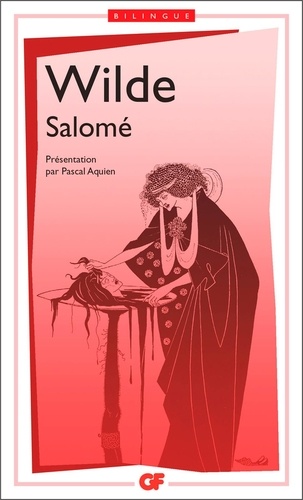

Wilde was influenced by earlier French writers who had transformed the image of Salome into an incarnation of female lust. The idea that Salome's dance involves "seven veils" originates with Wilde's 1891 play Salomé. The Stomach Dance by Aubrey Beardsley, an interpretation of the Dance of the Seven Veils The Romano-Jewish historian Josephus lists Antipas's stepdaughter's name as Salome, but makes no mention of a dance nor makes any connection between Salome and John the Baptist. Against his better judgment, Herod reluctantly acceded to her request.

Herodias persuaded her daughter to ask for John the Baptist's head on a platter. Herod offered his niece a reward of her choice for performing a dance for his guests on his birthday. The dance was also incorporated into Richard Strauss's 1905 opera Salome.Īccording to ten verses of Matthew 14, John was imprisoned for criticizing King Herod Antipas's marriage to Herodias, the former wife of Antipas's half-brother Herod II. The name "Dance of the Seven Veils" originates with the 1893 English translation of Oscar Wilde's 1891 French play Salome in the stage direction "Salome dances the dance of the seven veils". It is an elaboration on the New Testament story of the Feast of Herod and the execution of John the Baptist, which refers to Salome dancing before the king, but does not give the dance a name. The Dance of the Seven Veils is Salome's dance performed before King Herod Antipas, in modern stage, literature and visual arts.


 0 kommentar(er)
0 kommentar(er)
